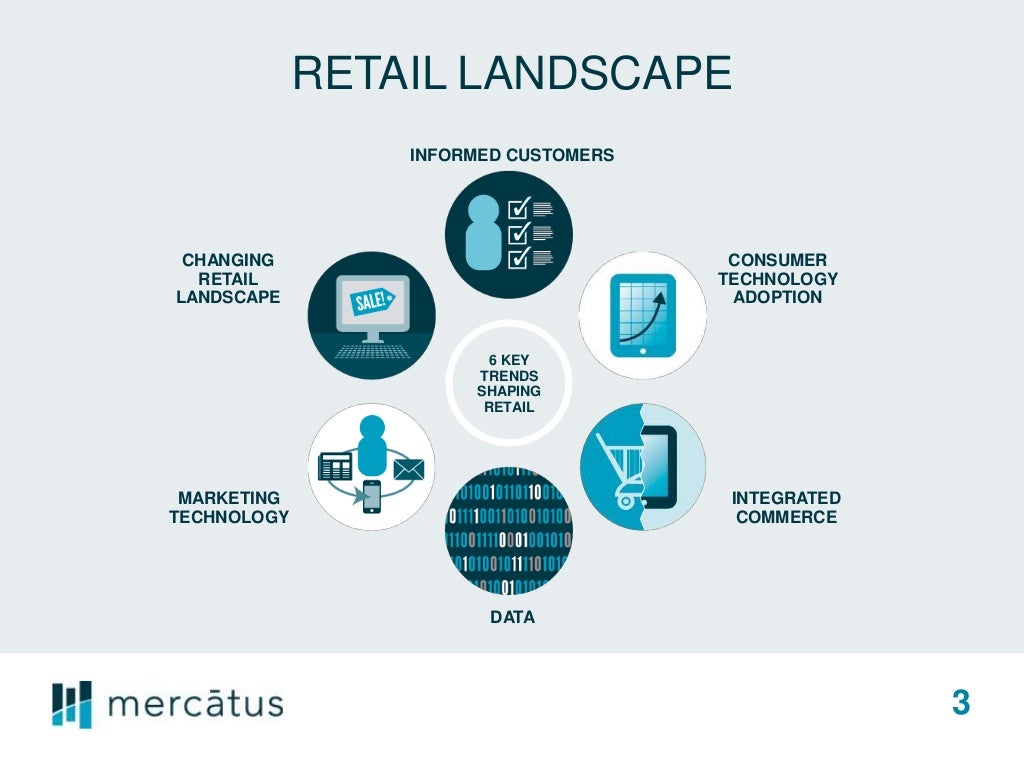

How Technology is Changing the Retail Landscape
The retail industry has undergone a significant transformation in recent years, driven largely by the rapid advancement of technology. The way consumers shop, interact with brands, and expect service has changed dramatically, forcing retailers to adapt and innovate to stay competitive. In this article, we’ll explore the ways in which technology is changing the retail landscape and what it means for businesses and consumers alike.
E-commerce and Online Shopping
One of the most obvious ways technology has impacted retail is through the rise of e-commerce and online shopping. With the widespread adoption of smartphones and high-speed internet, consumers can now shop from anywhere, at any time, using a variety of devices. Online shopping has become increasingly popular, with global e-commerce sales projected to reach $6.5 trillion by 2023.
This shift has forced traditional brick-and-mortar retailers to invest in e-commerce platforms, mobile apps, and social media to remain competitive. Many have also adopted omnichannel strategies, seamlessly integrating online and offline channels to provide a cohesive shopping experience. However, this has also led to increased competition, with online retailers like Amazon and eBay offering competitive prices, fast shipping, and personalized experiences.
Artificial Intelligence and Machine Learning
Artificial intelligence (AI) and machine learning (ML) are being used to revolutionize various aspects of retail, from customer service to inventory management. Chatbots and virtual assistants are being deployed to provide 24/7 customer support, answering queries, and helping with product recommendations. AI-powered product recommendation engines analyze customer behavior, preferences, and purchase history to suggest relevant products, increasing sales and enhancing customer satisfaction.
AI is also being used to optimize supply chain management, predicting demand, and streamlining logistics. Retailers like Walmart and Target are using AI to analyze sales data, weather patterns, and social media trends to forecast demand and ensure accurate inventory levels. This reduces waste, minimizes stockouts, and improves overall efficiency.
Augmented Reality and Virtual Reality
Augmented reality (AR) and virtual reality (VR) are changing the way consumers interact with products and brands. AR-enabled apps allow customers to virtually try on clothes, see product demos, and visualize furniture in their homes before making a purchase. This immersive experience increases engagement, drives sales, and reduces returns.
Beauty brands like Sephora and L’Oréal are using AR to let customers try on virtual makeup, while furniture retailers like IKEA are using AR to let customers see how furniture would look in their homes. VR is also being used to create immersive experiences, such as virtual product demonstrations and events, allowing customers to engage with brands in new and innovative ways.
Internet of Things (IoT)
The Internet of Things (IoT) is connecting devices, sensors, and systems to create a more seamless and efficient retail experience. IoT-enabled sensors can track inventory levels, monitor product temperature, and detect Shelf life expiration dates, enabling real-time inventory management and reducing waste.
Smart shelves with IoT-enabled sensors can detect when products are running low, automatically triggering restocking and reducing stockouts. Retailers like Kroger are using IoT-enabled smart shelves to monitor inventory levels and optimize supply chain management.
Mobile Payments and Contactless Transactions
Mobile payments and contactless transactions are streamlining the checkout process, reducing friction, and increasing convenience. Mobile wallets like Apple Pay, Google Pay, and Samsung Pay allow customers to make payments using their mobile devices, eliminating the need for physical wallets and cards.
Contactless transactions, like those enabled by Near Field Communication (NFC) technology, allow customers to simply tap their devices or cards to make payments, reducing wait times and increasing transaction speed.
Personalization and Customer Data
Technology is enabling retailers to collect and analyze vast amounts of customer data, allowing for personalized marketing, targeting, and recommendations. Retailers can use this data to create tailored offers, loyalty programs, and product suggestions, increasing customer loyalty and driving sales.
Data analytics platforms and customer relationship management (CRM) systems help retailers analyze customer behavior, preferences, and purchase history, enabling targeted marketing campaigns and personalized communication.
Virtual and In-Store Experience
Technology is blurring the lines between online and offline shopping, creating a seamless and integrated retail experience. Interactive kiosks, digital signage, and smart mirrors are being used to provide an immersive in-store experience, while virtual and augmented reality are enabling customers to engage with products in new and innovative ways.
Retailers like Amazon and Walmart are investing in high-tech stores, featuring technologies like facial recognition, sensors, and robots to create an efficient and personalized shopping experience.
Challenges and Opportunities
While technology is transforming the retail landscape, it also presents challenges and opportunities. Retailers must invest in digital transformation, upskill their workforce, and adapt to changing consumer behaviors and expectations.
Cybersecurity threats, data privacy concerns, and the need for data governance frameworks are also becoming increasingly important. Retailers must prioritize data security and transparency to maintain customer trust and comply with regulations like GDPR and CCPA.
Conclusion
Technology is revolutionizing the retail industry, presenting opportunities for growth, innovation, and customer engagement. From e-commerce and AI to AR, VR, and IoT, retailers must adapt to changing consumer behaviors and expectations to remain competitive.
By leveraging technology to provide personalized experiences, optimize operations, and enhance customer convenience, retailers can drive sales, increase loyalty, and thrive in this rapidly changing retail landscape. As technology continues to evolve, one thing is certain – the future of retail will be shaped by innovation, creativity, and a deep understanding of the ever-changing consumer.




